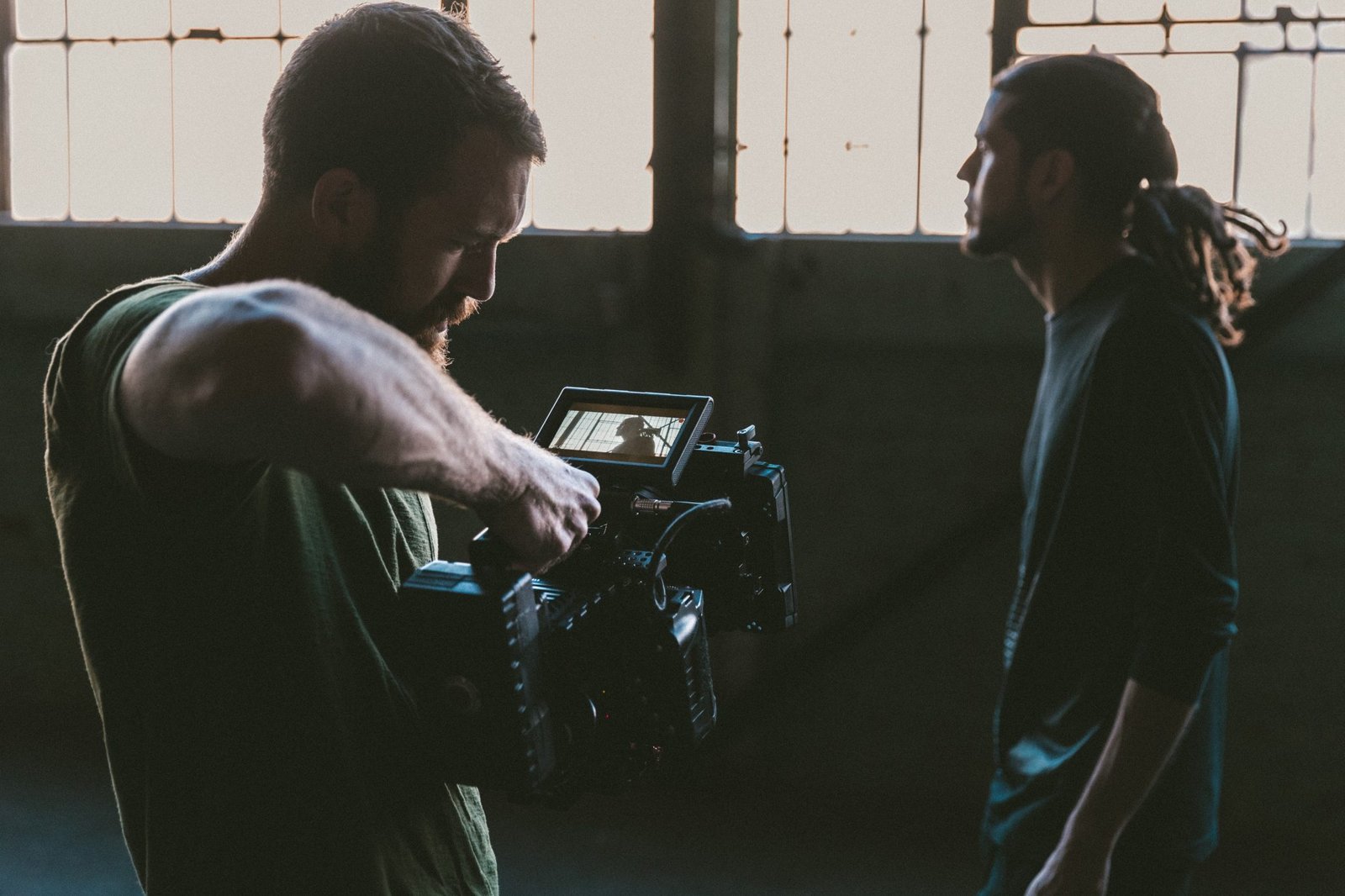Video production can be further split into multiple categories:
Virtual Reality Video Production
Virtual reality videos are accessed via virtual reality headsets. These videos are different from its other video types in the sense that users can be fully immersed in the environment of the video.
Virtual reality provides interactive features, allowing the person to feel as if they are part of the artificial environment that’s being projected. These type of videos are mostly seen in video games and other platforms that require interaction with the viewer himself, although companies have also used virtual reality videos for an immersive advertising experience.
Animated Video Production
Animated videos are those which were entirely illustrated by its creators called animators. It has no live action elements and works based on the provided code and special software. Because of its lack of real elements such as human actors, animated videos have a wider range of possible subjects that can include fantasy elements and other objects and scenes that may not be feasible in real life.
The cost of animated videos much also tend to be much less compared to live action videos, since the former only requires a computer and some software. The only thing that limits an animation’s possibilities is the capability of the software used. Because of the rich potential of animated videos, they can be seen almost everywhere in the form of cartoon shows and movies.
Web Video Production
Web videos are, as the name suggests, videos that are specifically made for use on a certain website. Most web videos serve as advertisements or as introductions to the company itself. Any marketing techniques that the company uses on its clients in other platforms may also manifest in the video. Producing web videos depends on the resources available to the company, and the result may either be an animated infographic or a live-action skit and testimonial.
Social Media Video Production
Social media videos are fairly new developments, gaining popularity only after the rise of social media platforms like Facebook and YouTube. The means of social media video production are varied, with live action and animation coexisting in the same platform, but most viral social media videos are notably done using only simple equipment like smartphone cameras. What makes social media video production unique is that such productions must heavily take into account any emerging trends that can possibly popularise the end product.



